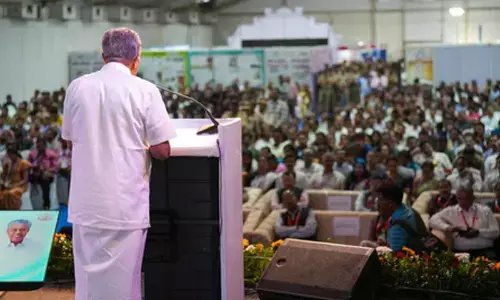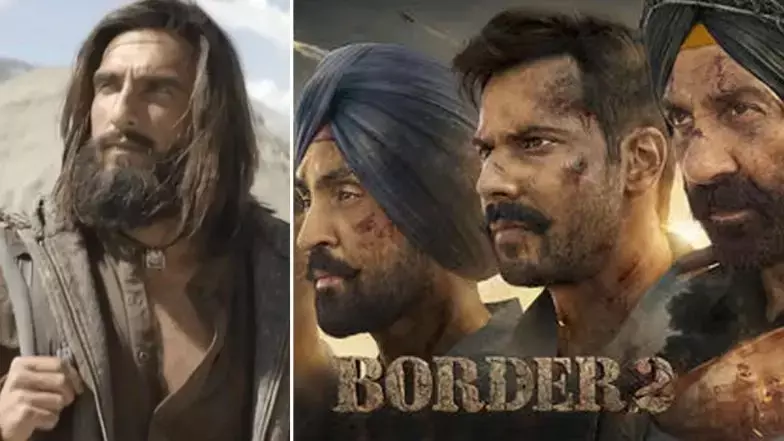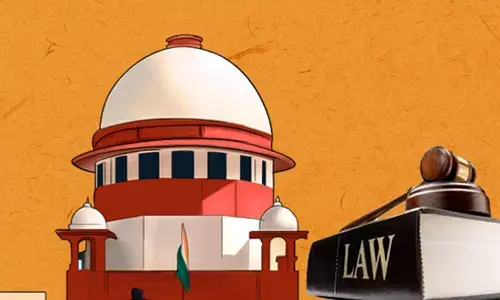Valmiki, India’s First Historian

Valmiki was the first historian who wrote the first itihasa, a historical narrative. As it was the practice of the day, he wrote it in verse, and it was meant to be sung aloud in public gatherings. His idea was to present a perfect human being – virtuous and valorous, truthful, and firm, a man of action and a man of thinking, compassionate to all beings, learned and competent, and one whose resolve would even frighten the gods
Yesterday, on the full moon day of the month of Ashwin, two dissimilar groups celebrated the birthday of Valmiki in different parts of the country. One group was the Valmiki/balmiki community, and the others were the enthusiastic Sanskrit pundits who recited the Ramayana and celebrated. It is called Pargat day, the day of manifestation (birth), by the balmiki sect.
Valmiki seems to be a person of humble origin, a hunter, and a small-time robber. On one occasion he happened to waylay the great sage, Narada. The intelligent sage posed a question to him, ‘are you aware that what you are doing is sinful? Your sin will be borne by you alone and not by any members of your family’. The hunter (whose former name is uncertain) checked this with his family members and found that to be true. No one wanted to share his sin, the fruit of his robberies. Instantly, he became a pupil of Narada and Narada gave him a mantra to meditate. Valmiki was as sincere in meditation as he used to be in robbery. He sat for a long number of years till a mound (valmika) grew around him. The legend is that Brahma appeared before him and blessed him and thereafter he became a sage. A person of humble origin can become a revered sage.
He was the first historian who wrote the first itihasa, a historical narrative. As it was the practice of the day, he wrote it in verse, and it was meant to be sung aloud in public gatherings. His idea was to present a perfect human being – virtuous and valorous, truthful, and firm, a man of action and a man of thinking, compassionate to all beings, learned and competent, and one whose resolve would even frighten the gods. Valmiki chose such a character as his hero because he wanted to present a grand cultural vision for society, a model which would last for a long time, guiding human relations. The duty of a son to his father, the duty of parents to children, the duties of husband and wife towards each other, the duty of brothers to one another, the duty of a king to public opinion, the duty to a friend, duty to elders and even the duty to the enemy – all are illustrated by several characters. Ours is a society of duties, as our texts do not talk about our rights. The assumption is that if everyone does his duty, the rights of all others connected to him are taken care of.
If the story were to be about a god on earth, like Krishna, we would merely worship him, but cannot follow. Rama is a human being throughout, feeling like us, crying like us in despair, firm in his duties to his parents and gurus, kind even to the enemies, and judicious to the point of suffering self-sacrifice. We may not be able to follow completely, but we can certainly uplift and purify ourselves by following to whatever extent we can. Hence, everyone has a lesson from the Ramayana.
A sobriquet, maryada Purushottam, is commonly used when we refer to Rama. The word maryada, means a boundary, the boundaries of ethical behaviour. On no occasion do we find Rama transgressing the boundaries of dharma.
Valmiki also wrote about the kingdoms, about various people of the Bharat varsha of that day. The bridge between the mainland and Lanka was called Nala-setu, the bridge of Nala, named after the ancient engineer who built it. It is a pilgrim place even now.
Bhartrihari, the great poet-philosopher-king, writes in his subhashitas (moral axioms), ‘eminent poets, masters in presenting different rasas (sentiments) in their works, stand victorious. Their immortal body of fame lives transcending the fear of old age and death (Book 1-20)’. People grow old, but a great work of art does not grow old. People die, but the fame of great poetic work does not die because it depicts the unchanging human nature, human passions, and follies.
Is it really so? Is the fame-body of Valmiki alive today? His fame-body would live if we knew his text and followed it. We would also be keeping Rama alive in us.
(The writer is a former DGP, Andhra Pradesh)











